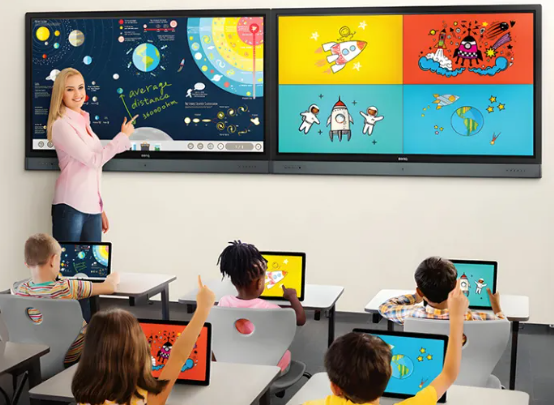In today’s education landscape, digital classrooms are transforming the way teachers teach and students learn. Choosing the right platform is essential to ensure an engaging, interactive, and efficient learning experience. Here are some of the best platforms for digital classrooms in 2025.
1. Google Classroom
Google Classroom is one of the most popular platforms for schools worldwide. It allows teachers to create assignments, share resources, and provide feedback all in one place. Integration with Google Workspace tools like Docs, Sheets, and Slides makes collaboration easy for students.
Key Benefits:
Easy assignment management
Real-time collaboration
Accessible on any device
2. Microsoft Teams for Education
Microsoft Teams combines chat, video meetings, and file sharing in a single platform. Its integration with Microsoft Office apps helps teachers organize lessons efficiently while students can collaborate seamlessly.
Key Benefits:
Video conferencing and live classes
Group collaboration and chat features
Integration with Office 365 apps
3. Zoom
Zoom is well-known for its reliable video conferencing, making it ideal for virtual classrooms. Teachers can host live sessions, break students into smaller discussion groups, and record lessons for later review.
Key Benefits:
High-quality video and audio
Breakout rooms for group activities
Recording and playback options
4. Edmodo
Edmodo is designed specifically for K–12 education. It helps teachers create a safe online learning environment where students can access assignments, take quizzes, and communicate with peers.
Key Benefits:
Student-friendly interface
Parent engagement tools
Gamified learning options
5. Moodle
Moodle is a powerful open-source learning platform suitable for schools and universities. It allows educators to design custom courses, track student progress, and encourage interactive learning through quizzes and forums.
Key Benefits:
Highly customizable courses
Detailed analytics and reporting
Supports blended and online learning
Tips for Choosing the Right Platform
Consider your students’ needs: Younger learners may benefit from simpler, interactive platforms.
Check device compatibility: Ensure the platform works on computers, tablets, and smartphones.
Evaluate collaboration features: Look for tools that allow group projects and discussions.
Conclusion
Selecting the best digital classroom platform can enhance student engagement, streamline teaching, and improve learning outcomes. Platforms like Google Classroom, Microsoft Teams, Zoom, Edmodo, and Moodle provide reliable and user-friendly options for schools worldwide.














